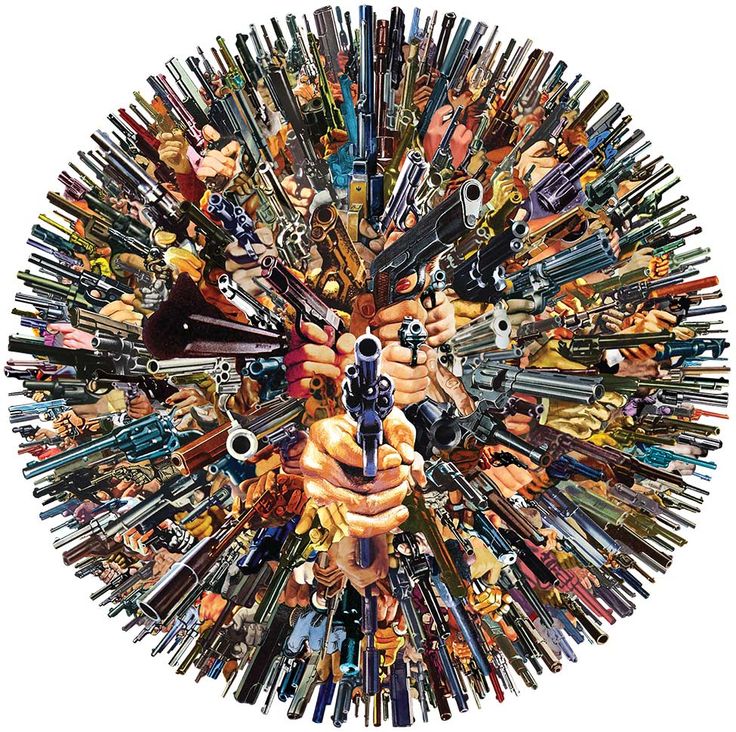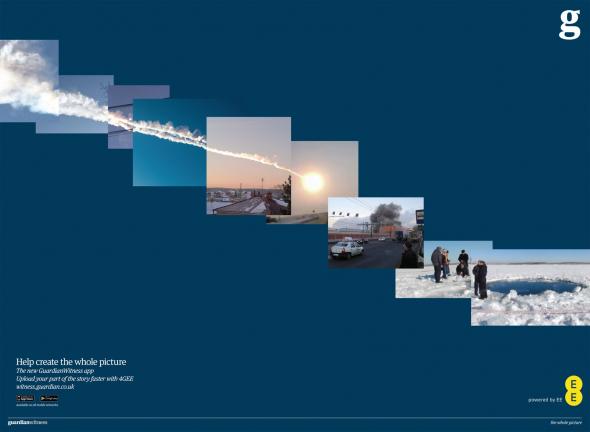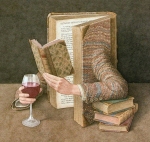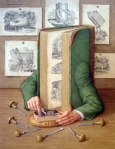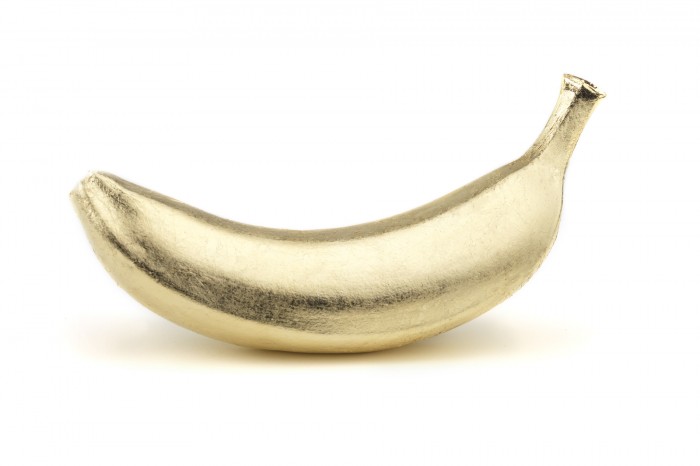En el norte de la capital de Inglaterra -considerado uno de los países más ateos del mundo- hay una capilla que está comenzando a ser frecuentada por gente atea. Gente que aún sin compartir sus creencias religiosas, extraña ir a misa los domingos.
Según esta nota de la BBC, el fenómeno (que suena a chiste) podría significar el inicio de otra forma de entender la religión, sino es que el nacimiento de una nueva espiritualidad colectiva (el origen de todas las religiones)…
Not many sermons include the message that we are all going to die and there is no afterlife.
But the Sunday Assembly is no ordinary church service.
Launched last month, as a gathering for non-believers, it is, in the words of master of ceremonies Sanderson Jones, “part foot-stomping show, part atheist church, all celebration of life”.
A congregation of more than 300 crowded into the shell of a deconsecrated church to join the celebration on Sunday morning.
Instead of hymns, the non-faithful get to their feet to sing along to Stevie Wonder and Queen songs.
There is a reading from Alice in Wonderland and a power-point presentation from a particle physicist, Dr Harry Cliff, who explains the origins of antimatter theory.
It feels like a stand-up comedy show. Jones and co-founder Pippa Evans trade banter and whip the crowd up like the veterans of the stand-up circuit that they are.
But there are more serious moments.
The theme of the morning is “wonder” – a reaction, explains Jones, to criticism that atheists lack a sense of it.
So we bow our heads for two minutes of contemplation about the miracle of life and, in his closing sermon, Jones speaks about how the death of his mother influenced his own spiritual journey and determination to get the most out of every second, aware that life is all too brief and nothing comes after it…
http://bbc.in/VS3PZm
Atheist church


